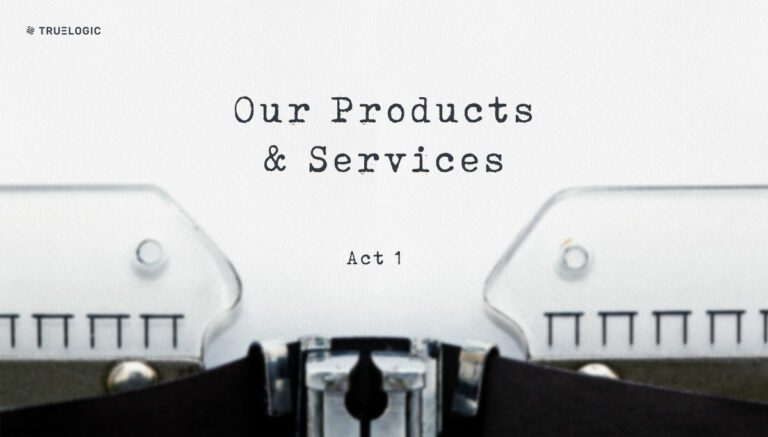How to Develop an Effective Small Business Web Design
Planning and developing an effective small business web design isn’t just about what’s pretty or what your brand is about. You need to translate your brand message to an online format that gives you thousands of elements to choose from, and it’s easy to overdo it, especially if you’re creating a small business website for the first time.
I’ve put together a list of things you should consider when conceptualizing and developing your business web design. Use this as your starting point and add elements depending on your specific industry needs.
Establishing Identity
Answering the customer’s question “Who are you?” is a good start. This helps you set the overall look and feel of your website. It also incorporates the human element in your site from the beginning of conceptualization, making it easier to integrate more human elements that your audience can connect to. Make sure to add real photos of your company and an informative write-up about your people and your culture.
It’s also important to clearly state what you do. Saying “We will partner with you!” or “We will work for you and develop advanced solutions for your business” just won’t cut it. Don’t be afraid to be more specific. What specific services or products do you provide?
Best Buy clearly states who they are and what they do. Their About Us page also features an image of real people from their company.
Customer-Centric Content
What pages do you want to include in your website? Don’t base it exclusively on keyword research – find the ones relevant to your industry, and decide which ones need their own dedicated pages. Create write-ups that are relevant to each page’s topic and to your business. Most importantly, create content for your audience. Think of their specific needs and answer these through your text, your site features, and your navigation.
Navigation and Site Structure
Once you’ve decided what goes on your website, it’s time to construct your basic site structure. How can you group your pages more effectively, and how can you arrange them so that nothing goes beyond three or four clicks away from the homepage? Consumers visit an average of two to three pages before exiting and moving on to another website. Make sure the second and third layers of your website structure contain pertinent information to keep your audience engaged.
Fixing the navigation and site structure also allows you to develop a solid linking structure. This passes link juice to your homepage and helps in maximizing the benefits of your SEO efforts later on.
Adding Human Elements
Your website isn’t just a brochure you create, give away and forget – it’s your small business’s online presence. The activities of your customers online are measurable, so examine what points of engagement you can add to your website in order for you to measure user behavior and increase your sales better.
- View your website as a portal where you connect with your audience. Think of the things happening in your brick-and-mortar store, and integrate these elements in your website. Good examples of this are adding live chat support, improving your online shopping carts for improved user experience, and providing secure payment options in case you want them to buy products or services from you online.
- Add ways to communicate with your audience through different channels. Make sure to integrate social media widgets and buttons in your design. Have your developer create a blog as well, and update your blog regularly with news and tips to keep your visitors coming back. Finally, add a functionality that makes it easier for your readers to share your content.
- Add a search bar. This helps your target audience find the information they need without having to go through all your website content. It also provides search information that you can use for improving your online marketing strategy later on.
User-Friendly Back-End
Being able to control your website completely isn’t impossible today, thanks to different content management systems. It’s important that you choose a CMS that lets you add, delete, and update content, especially since you’ll be needing your resources for expanding your business. Choosing CMS platforms like WordPress helps you avoid relying on your web designers and developers too much when it comes to site updates.
WordPress is one of the most popular CMS platforms for start-up websites because it is easy to use, provides widgets to help webmasters, and allows customizations to the design.
The best way to develop an effective business web design is to work with professional designers and developers. This ensures you do not miss any elements that can help stimulate your audience and improve your site conversions. Talk to us today about your needs and we’ll help design a website that meets your unique business needs.










